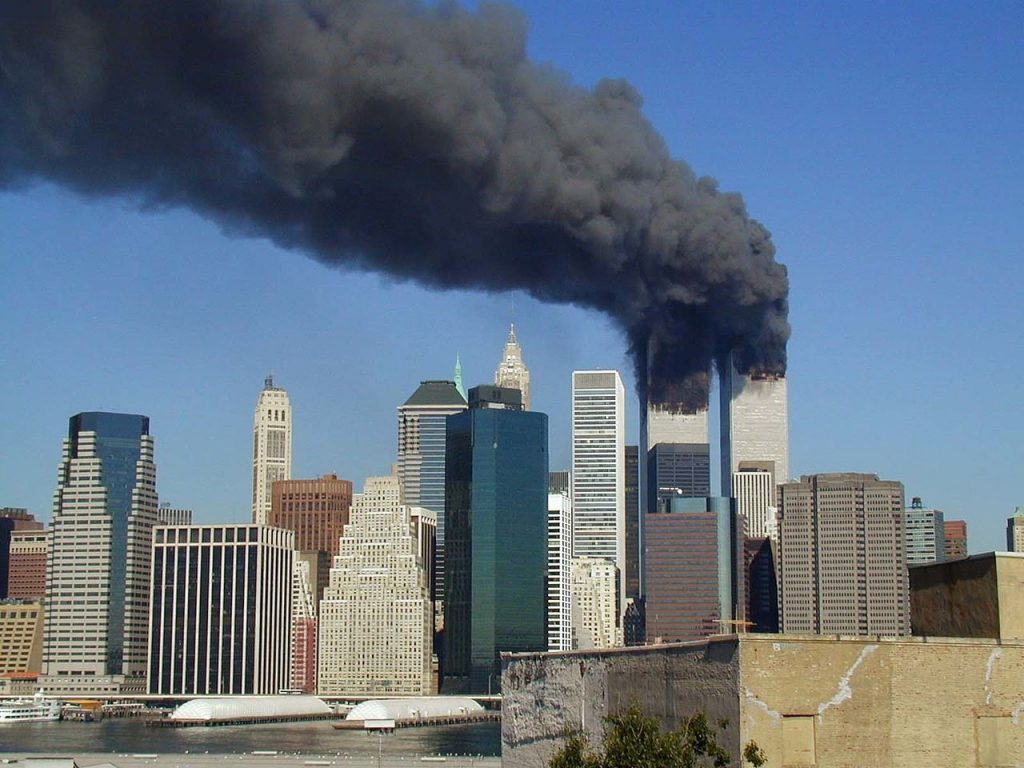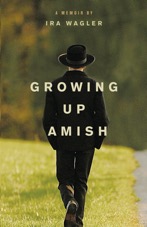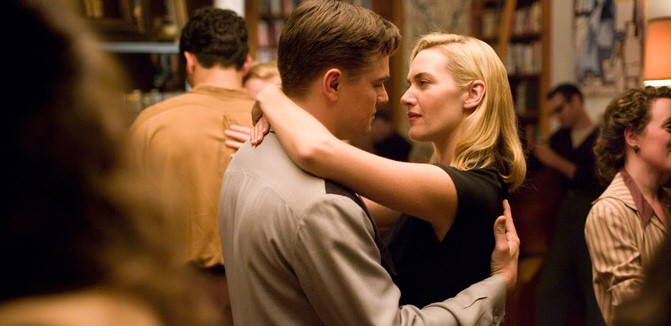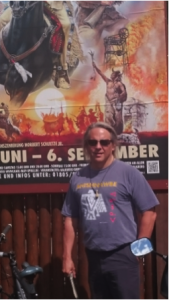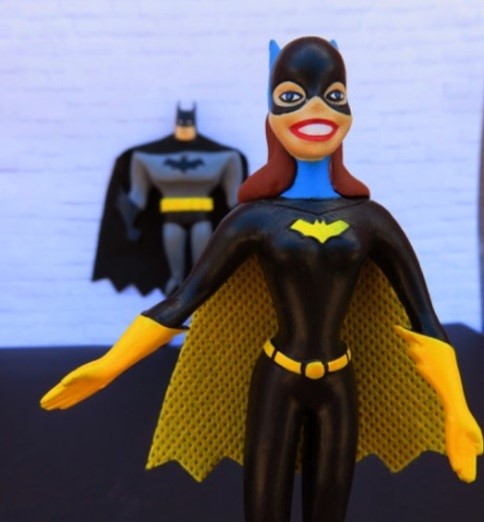
All teachers remember moments when they were caught off guard in front of a group of students. I remember a few years ago, in a class about male authors’ take on womanhood in nineteenth-century American literature, I commented on Henry James’s novella Daisy Miller, saying something along the lines of: “As a feminist, I object to some of the images James creates of women, why is he using those images? What do you think?” There were murmurs in the group, and I looked into skeptical faces: “Ms. Kindinger, are you a feminist?” I realized I had said something that changed my students’ image of me. I was confused. Had they never noticed my feminism from the way I teach and the texts I choose? Apparently not.







